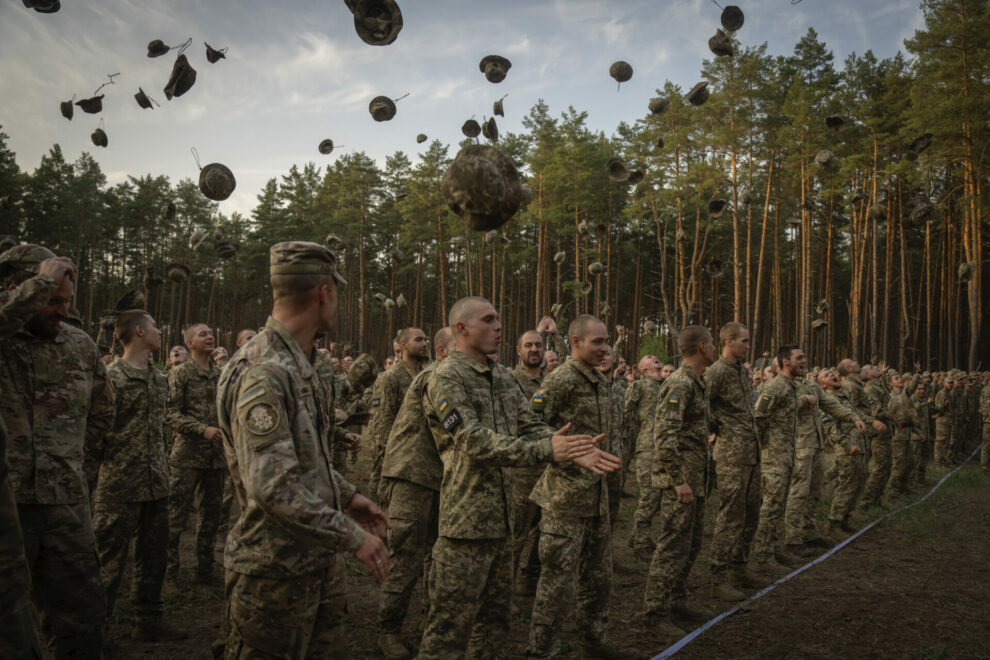The Army is undermanned for a conflict with China or Russia, potential future fights that could expand across several geographic regions, a new report by a committee tasked with reviewing the 2022 National Defense Strategy has found.
The service specifically does not have the number of soldiers needed for what would likely be an intensive island-hopping campaign in the Pacific and subsequent urban battles in major metropolitan cities in Asia, according to the Commission on the National Defense Strategy, which was created by Congress.
“We have to have an Army that’s sufficiently large that it can operate in all of these places simultaneously,” Eric Edelman, the commission vice chair and George W. Bush-era under secretary of defense for policy, told lawmakers Tuesday. “It’s very hard to imagine a conflict in the Indo-Pacific that doesn’t become global very quickly.”
The review indicates a need for greater investments in the military. Traditionally, national security-focused reports, particularly to Congress, lean toward giving more money to the Pentagon — which has a budget that dwarfs any other country’s defense spending, including allies.
“Lessons from the Ukraine war demonstrate that the U.S. Army needs to expand its force structure in key areas — particularly air defense, counter-unmanned aerial systems, electronic warfare, and long-range fires,” the commission’s report noted.
The Pentagon’s latest budget proposed would reduce the Army’s size to 443,000 soldiers, which would be its smallest since before World War II. The service hit a contemporary peak of 556,000 soldiers in 2010 and 2011, during a surge in Afghanistan overseen by President Barack Obama.
“We should reevaluate the goals,” said Jennifer Kavanagh, senior fellow and director of military analysis for Defense Priorities, a Washington, D.C.-based foreign policy think tank. “There are certain types of units being deployed way too often. One possibility is that the Army is too small; the other is that the United States is trying to do too many things at once and need[s] to prioritize and downsize, and think about what activities are most vital to U.S. interests.”
The Army is spread thin, a problem aggravated by an ongoing recruiting slump. The high cadence of missions have left units, particularly combat-arms units, overtaxed — concerns the service’s top leaders have acknowledged but have had few answers for. Furthermore, enlisted soldiers in those front-line units are at least 50% more likely to die by suicide compared to their civilian counterparts, according to Pentagon data.
The concerns come not just from a potential fight with China. For years, the Pentagon’s goal has been to have a force capable of juggling two major conflicts. Right now, the U.S. is heavily committed to Africa and the Middle East, even as the peak of the Global War on Terror passed a decade ago.
Meanwhile, the Army, especially, has troops massed in Europe to bolster NATO’s front lines amid Russian President Vladimir Putin’s war in Ukraine. The U.S. also has various smaller troop presences in lower-profile missions such as Kosovo.
And building up the Army ranks may be a problem that goes beyond just funding. The service has had a significant challenge recruiting soldiers, a problem that has nagged the Army for a decade. It came up 10,000 active-duty recruits short of its goal of bringing in 65,000 new soldiers last year.















